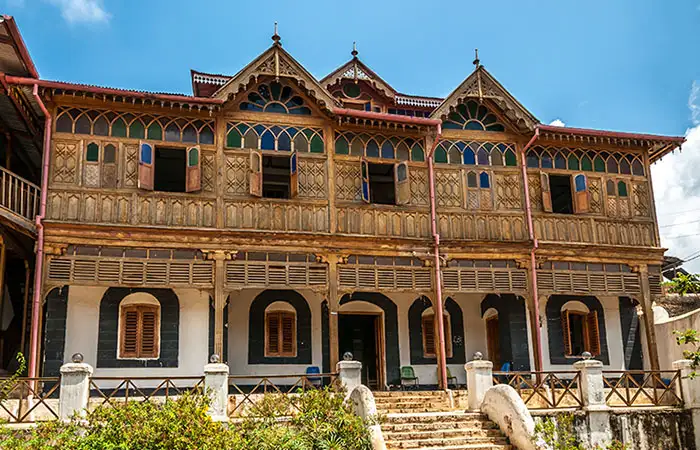Historical Attractions

Axum
The ruins of the ancient city of Aksum are found close to Ethiopia’s northern border. They mark the location of the heart of ancient Ethiopia, when the Kingdom of Aksum was the most powerful state between the Eastern Roman Empire and Persia. The massive ruins, dating from between the 1st and the 13th century A.D., include monolithic obelisks, giant stelae, royal tombs and the ruins of ancient castles. Long after its political decline in the 10th century, Ethiopian emperors continued to be crowned in Aksum. It is ornamented with two false doors at the base and features decorations resembling windows on all sides. The obelisk ends in a semi-circular top part, which used to be enclosed by metal frames. The stelae were probably carved and erected during the 4th century AD by subjects of the Kingdom of Axum.

Lalibela
Lalibela is a town in the Amhara region of northern Ethiopia. It’s known for its distinctive rock-cut churches dating from the 12th and 13th centuries, which are pilgrimage sites for Coptic Christians. Carved out of rock, the subterranean monoliths include huge Bete Medhane Alem, and cross-shaped Bete Giyorgis. Many are joined by tunnels and trenches, and some have carved bas-reliefs and colored frescoes inside. The Church of St. George is one of eleven rock-hewn churches of Lalibela. This is an independent structure , which is attached to the rock by the base. Built on a cruciform plan ( Greek cross ) 25 meters wide , it is 30 meters high and it is fully excavated in the tray consists of a red volcanic rock and connected by a series of tunnels to the group of four churches located in the Northeast.

Harar
Harar is the capital city of the Harari Region. The ancient city is located on a hilltop in the eastern part of the country and is about 500 kilometres (310 mi) from the Ethiopian capital Addis Ababa at an elevation of 1,885 metres (6,184 ft). For centuries, Harar has been a major commercial center, linked by the trade routes with the rest of Ethiopia, the entire Horn of Africa, the Arabian Peninsula, Asia, and through its ports, the outside world. Harar Jugol, the old walled city, was listed as a World Heritage Site in 2006 by UNESCO in recognition of its cultural heritage. Because of Harar’s long history of involvement during times of trade in the Arabian Peninsula, the Government of Ethiopia has made it a criminal offence to demolish or interfere with any historical sites or fixtures in the city. These include stone homes, museums and items discarded from war. According to UNESCO, it is “considered ‘the fourth holiest city’ of Islam” with 82 mosques, three of which date from the 10th century, and 102 shrines.
